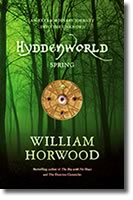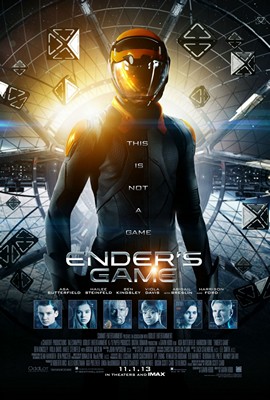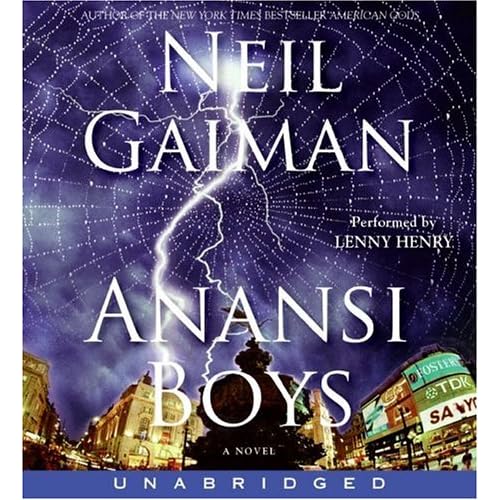 William Horwood has been a favourite author of mine since I was old enough to read and comprehend the intricacy of his Duncton Wood series, and the Hyddenworld series is his return to fiction after a hiatus of almost ten years. To say I had high hopes and was excited is an understatement. Especially given the elegant cover.
William Horwood has been a favourite author of mine since I was old enough to read and comprehend the intricacy of his Duncton Wood series, and the Hyddenworld series is his return to fiction after a hiatus of almost ten years. To say I had high hopes and was excited is an understatement. Especially given the elegant cover.
Spring is the beginning of a new epic series, a four-parter as indicated by having seasonal titles, set in England. It begins with a story of eternal love, a great caster called Beornamund and his love Imbolc, or ‘spring’. He cast her a necklace with a stone for each of the seasons, but it becomes shattered and all the stones are lost. Imbolc becomes the Peace-Weaver for generations, travelling the hyddenworld on her white horse, her presence required until the stone of winter drops from the pendant her love made her.
Long ago, the human and hydden worlds separated. Humans have lost all ability to see and enter the hyddenworld, which exists beneath and around the current human worlds. But the two worlds are about to intersect, and the prophesy about a giant-born child and the appearance of the Shield Maiden, Imbolc’s successor, are coming to pass.
Wyrd (a Hydden’s fate, say) leads a small group to witness the attempted murder of the giant-born boy and human girl crucial to the changes about to happen. The group, with a renowned Hydden scholar, a genius, a journeyman and the Peace-Weaver witness agents of the Hydden’s ruling class, the Fyrd, attempting to cause a car accident and the death of the children. With the assistance of the Hydden the two survive.
The story returns 12 years later. The boy, Jack, has been in care up until his coming of age, his skin scarred by fire from the wreck. Katherine, the girl, is about to lose her mother from the long-term injuries from the car accident. They reconnect and Jack comes to stay as part of the group living in the house of Margaret and Arthur Foale in Berkshire. Arthur, a scholar of the time where human and hyddenworlds were linked, has gone missing, presumably lost in the hyddenworld and unable to get back. Those who remain begin to get to know each other again and reconnect, in time for Katherine’s mother’s death. Up until this time, they’ve been protected by magic gifted by the Hydden group that one rescued them.
At this time of grief, malevolent Fyrd forces from the hyddenworld are able to find the two of them again, and thus begins their journey. And this is where the narrative starts to pick up.
The Hydden world is a rich one, full of traditional fantasy elements: heroes, quests, portals and love, both romantic and platonic. It even has global political intrigue and explores the culture of remote Western European villages. I love how William Horwood has brought the ancient mythos into the current hyddenworld events. His world-building, as always, is flawless.
Compared to his previous work, I find these books more simplistic in language than others I have read, and while the political landscape was interesting, it was definitely without the devilish intrigue that set the Duncton Wood series apart for me.The chapters are very short, which can get frustrating when you’re getting the feel for a storyline, and it felt like it jumped around. Some people will like the more casual style, but for me, it wasn’t his best work. Our protagonists, although teenagers, are a little shallow in their personal growth and in the depths of character demonstrated. There is a portion of the book where Jack goes through a physical and mental trial, and I like the way Horwood dealt with it; not with cloying pity but with stoic understanding and compassion. But the hydden characters like Bedwyn Stort and Master Brief, the Lord Festoon and his friend Parlance, are beautifully flawed and interesting characters, and maybe intentionally are the dashes of colour needed in the narrative. The relationships between the characters is what holds the plot together and is the real strength of the book.
While this is not my favourite book written by Horwood, I am waiting to get the second book, Awakening, from the library. For myself, I liked the world enough to want to return and see where the story is heading. Given William Horwood’s ability, I think it’s worth investing the time to see how this story ends. For a newer reader, I might suggest picking up Duncton Wood to see where I am coming from. I definitely still think it is worth reading, and would recommend this book with its more conversational style to anyone who can’t devote long hours to long chapters or who perhaps don’t want to be left with perplexity or questions. You can find out more about William Horwood and his work at his website.
You can also read my reviews of Harvest (Book III) here on my blog, and the review for Winter (Book IV) over at SQ Mag.


